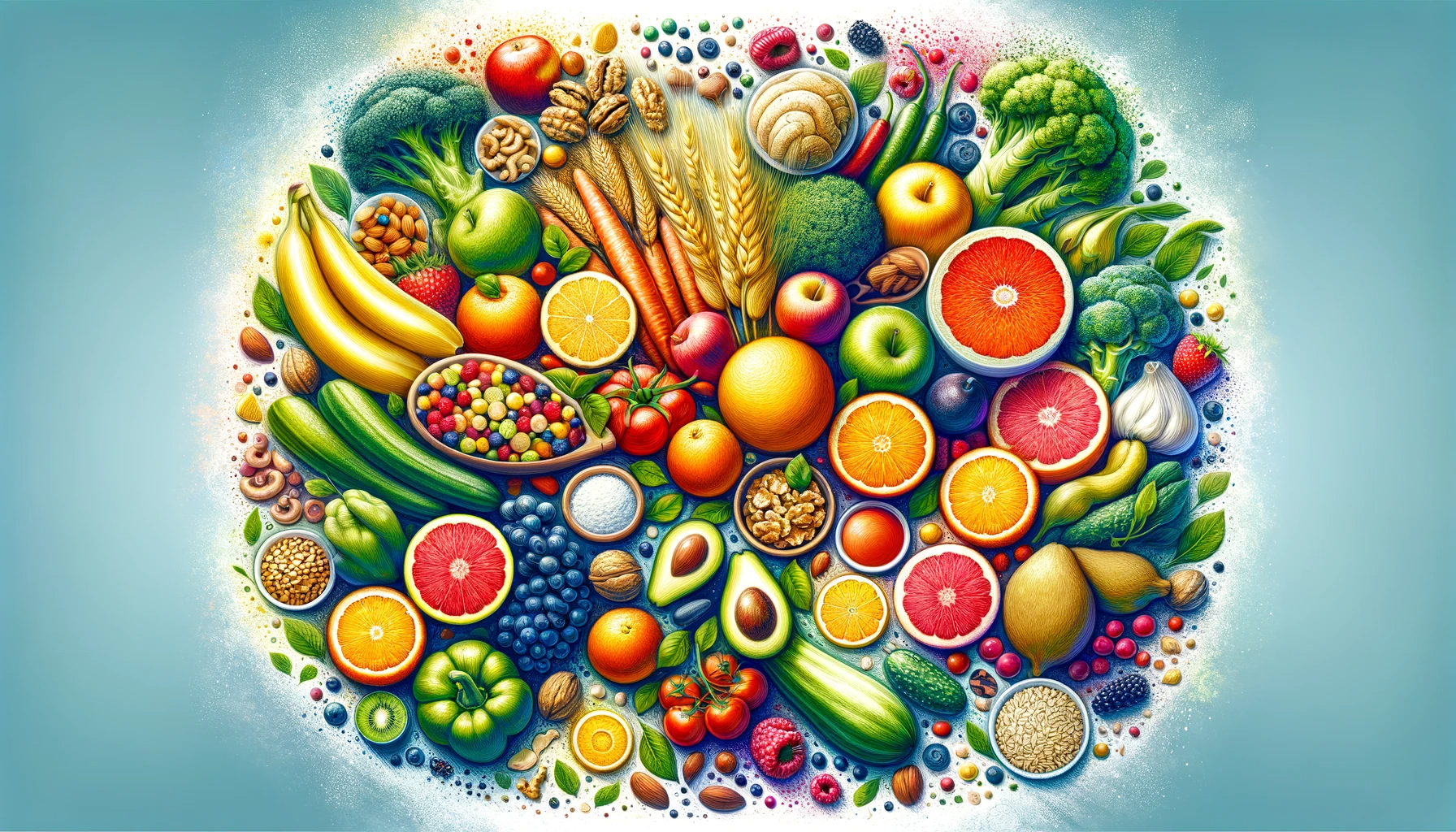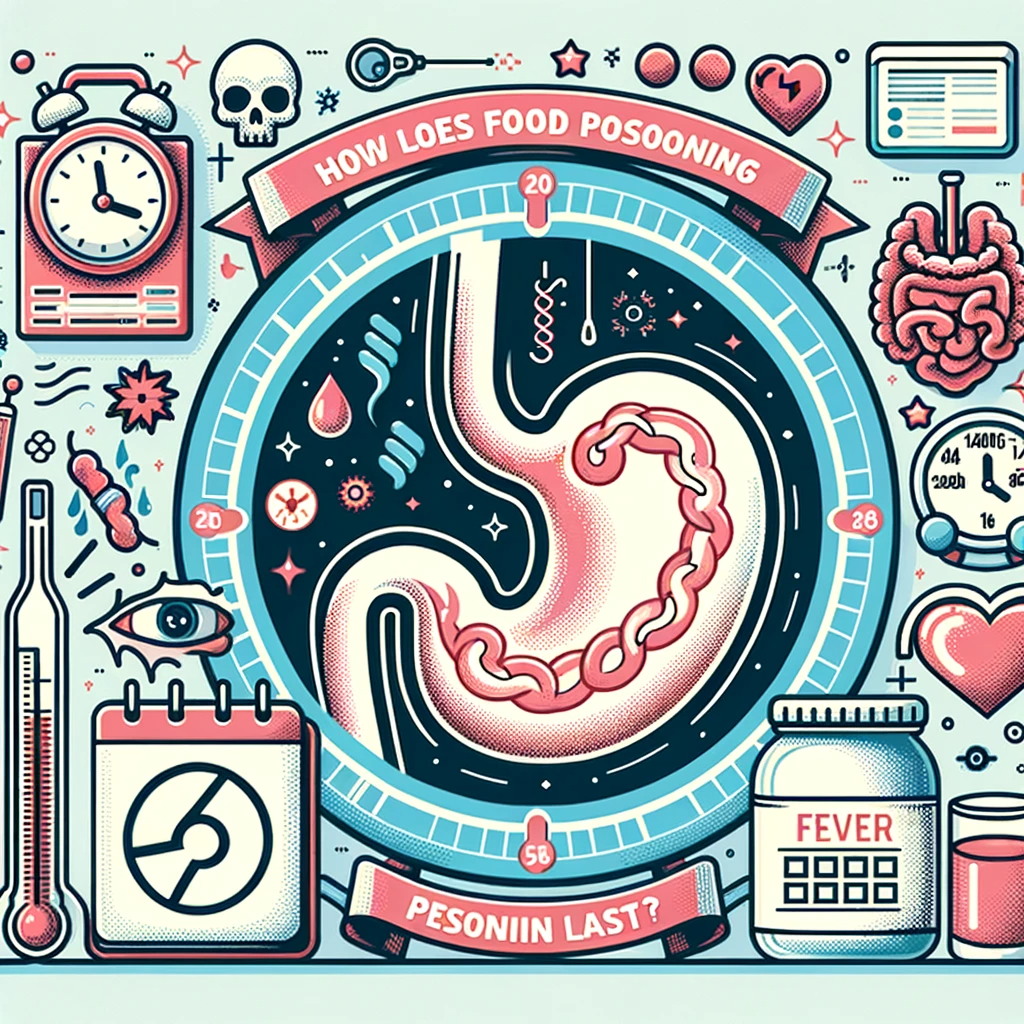Navigating the world of nutrition can often feel like walking through a maze blindfolded. With countless diet trends and conflicting advice, it’s easy to lose sight of the basics. At the heart of it all is a simple, timeless principle: a balanced diet. But what does a balanced diet truly mean, and how can you create one that enhances your health?
Understanding a Balanced Diet
A balanced diet is one that gives your body the nutrients it needs to function correctly. It’s not about stringent restrictions or depriving yourself of the foods you love. Rather, it’s about ensuring you consume a variety of foods in the right proportions.
The Key Components
- Fruits and Vegetables: Loaded with vitamins, minerals, and fiber, they should cover half of your plate. They are low in calories but high in essential nutrients.
- Proteins: Lean meats, poultry, fish, beans, peas, and nuts. Proteins are vital for body repair and maintenance.
- Whole Grains: Foods like whole wheat, brown rice, and oats contain fiber that aids digestion and keeps you feeling full.
- Dairy: Choose low-fat or fat-free dairy products for your calcium and vitamin D intake.
- Fats: Not all fats are bad. Opt for unsaturated fats found in fish, avocado, and nuts.
Creating Your Balanced Diet
Step 1: Plan Your Meals
Planning is crucial. Start by mapping out your meals for the week. Make sure each meal includes elements from different food groups.
Step 2: Shop Smart
When grocery shopping, stick to your list to avoid impulse buys. Focus on fresh produce and whole foods.
Step 3: Cook and Prep
Prepare meals in advance to save time and resist the temptation of unhealthy options. Experiment with recipes to keep things interesting.
Step 4: Portion Control
Use smaller plates to control portions. Remember, you can always have more if you’re still hungry.
Step 5: Listen to Your Body
Eat when you’re hungry and stop when you’re satisfied, not stuffed. Mindful eating is key.
Common Myths Debunked
Myth 1: Carbs are the enemy. Reality: Your body needs carbohydrates for energy. Choose complex carbs found in whole grains.
Myth 2: You need to cut out all fats. Reality: Healthy fats are essential for your body. It’s about choosing the right type of fat.
Myth 3: Eating healthy is expensive. Reality: With smart planning and bulk buying, eating healthy can be economical.
The Bottom Line
Creating a balanced diet isn’t about rigid rules. It’s about understanding your body’s needs and fulfilling them with a variety of wholesome foods. By focusing on balance, variety, and moderation, you can enjoy your meals while nourishing your body.
Remember, the journey to a healthier you starts with a single, balanced plate.





